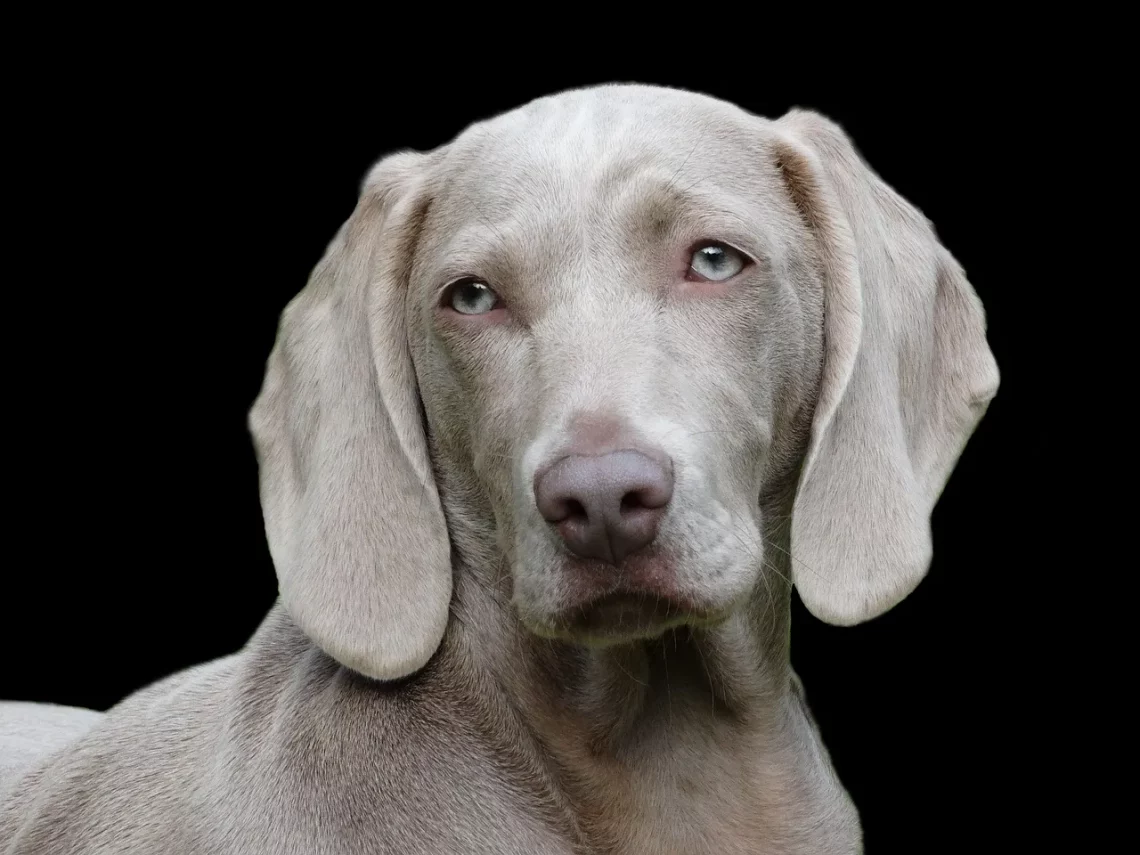
Understanding Heavy Breathing in Sleeping Dogs
Heavy breathing in sleeping dogs can often be a curious and concerning sight for pet owners. As our furry companions drift into their dream world, the depth and rhythm of their breathing can change, leading to a variety of sounds and patterns. This phenomenon can be attributed to several factors, ranging from normal sleep behaviors to potential health issues. It is not uncommon for dog owners to wonder if heavy breathing is a cause for concern or simply a part of their pet’s natural sleeping patterns.
Understanding the intricacies of canine sleep and the factors influencing their breathing can help pet owners better interpret their dog’s nighttime behaviors. Dogs experience different sleep cycles, including REM (Rapid Eye Movement) sleep, during which they may dream. As they traverse through these cycles, their breathing can fluctuate, sometimes becoming noticeably heavier. However, it’s essential to distinguish between what is typical and what might indicate an underlying health issue.
In this exploration of heavy breathing in sleeping dogs, we will delve into the various reasons behind this behavior, offering insights into when it may be a normal occurrence and when it might warrant further investigation. By being informed, dog owners can ensure the well-being of their pets while also enhancing their understanding of their companions’ sleep patterns.
Understanding Canine Sleep Patterns
Dogs, much like humans, experience different stages of sleep, characterized by varying levels of activity and consciousness. Understanding these stages is crucial for interpreting your dog’s breathing patterns during sleep. Dogs typically cycle through light sleep, deep sleep, and REM sleep, with each stage playing a significant role in their overall health and well-being.
During light sleep, dogs may exhibit relaxed breathing and occasional twitching, which is often a sign of dreaming. This is the stage where dogs are most likely to respond to external stimuli, such as sounds or movements in their environment. The breathing during this phase is generally even and calm.
As dogs transition into deep sleep, their bodies become more relaxed, and their breathing may slow down. This is a restorative phase where the body repairs itself and consolidates memories. In this stage, heavy breathing can occur, especially if the dog is in a deep slumber. The muscles relax, and the diaphragm may move more freely, contributing to the heavier sounds.
The REM stage is where the most vivid dreams occur, and dogs may exhibit more pronounced breathing patterns, including heavier breaths, snorts, or even gentle barks. This stage is crucial for cognitive function and emotional health, allowing dogs to process their experiences. It’s common to observe fluctuations in breath as they navigate their dreams.
Being aware of these sleep stages can help owners understand that heavy breathing isn’t always a cause for alarm. It’s a natural part of the sleep cycle that varies in intensity and sound. However, if heavy breathing persists outside of sleep, or if accompanied by other concerning symptoms, it may be worth consulting a veterinarian for further evaluation.
Common Causes of Heavy Breathing in Sleeping Dogs
Heavy breathing in sleeping dogs can arise from a variety of causes, most of which are entirely normal. However, recognizing when it might signal an underlying issue is essential for responsible pet ownership.
One of the most common reasons for heavy breathing is the physical condition of the dog. Overweight dogs, for instance, may experience more pronounced breathing patterns due to the additional strain on their respiratory systems. Breeds with short snouts, such as Bulldogs or Pugs, are also predisposed to heavy breathing because of their anatomy. Their brachycephalic structure can lead to respiratory difficulties, especially when they are resting or sleeping.
Environmental factors play a significant role as well. A warm sleeping environment can cause dogs to breathe more heavily as they attempt to regulate their body temperature. Just like humans, dogs may pant or breathe heavily to cool down. Thus, a hot room or heavy blankets can lead to this phenomenon.
Anxiety and stress are additional contributors to heavy breathing. Dogs that experience anxiety may have irregular breathing patterns, even while sleeping. This can be exacerbated by changes in their environment, such as loud noises or unfamiliar settings. Recognizing your dog’s stress triggers can help mitigate these reactions.
In some cases, heavy breathing may indicate health issues such as respiratory infections, heart problems, or allergies. If you notice a sudden change in your dog’s breathing, especially if it’s accompanied by coughing, lethargy, or difficulty in waking up, it’s crucial to consult a veterinarian to rule out any serious conditions.
Understanding these common causes can help pet owners differentiate between normal heavy breathing and signs of potential health problems. Awareness and observation are key to ensuring your dog’s breathing patterns remain healthy, both during sleep and wakefulness.
When to Be Concerned About Heavy Breathing
While heavy breathing can often be a normal aspect of a dog’s sleep cycle, there are times when it can indicate a more serious issue. It’s essential for dog owners to be vigilant and recognize the signs that warrant concern.
If your dog exhibits heavy breathing not only during sleep but also when awake, it’s important to take note. Continuous heavy breathing or panting can be a sign of respiratory distress or cardiovascular issues. If the breathing seems labored, or if you notice your dog struggling to catch its breath, it’s imperative to seek veterinary attention immediately.
Changes in behavior accompanying heavy breathing can also be cause for concern. If your dog becomes unusually lethargic, avoids physical activity, or shows signs of discomfort, this may indicate an underlying health problem. Additionally, if heavy breathing is accompanied by coughing, wheezing, or nasal discharge, these symptoms should not be ignored.
Another red flag is if your dog’s gums appear pale or bluish. This can be a sign of inadequate oxygenation and requires immediate veterinary intervention. Monitoring your dog’s overall health and being attuned to changes will help you act decisively when necessary.
Regular veterinary check-ups are essential for early detection of potential health issues. Discuss any changes in your dog’s breathing patterns with your veterinarian to ensure any necessary examinations or treatments can be administered promptly. Keeping a log of your dog’s behaviors and breathing patterns can provide valuable information for your vet, helping to diagnose any issues more effectively.
In conclusion, while heavy breathing during sleep can often be a normal occurrence for dogs, pet owners should be attentive to their pets’ overall health and behavior. By understanding the nuances of canine sleep and recognizing warning signs, you can ensure your furry friend remains happy and healthy.
**Disclaimer:** This article is for informational purposes only and should not be considered medical advice. Always consult a veterinarian for any health concerns regarding your pet.




